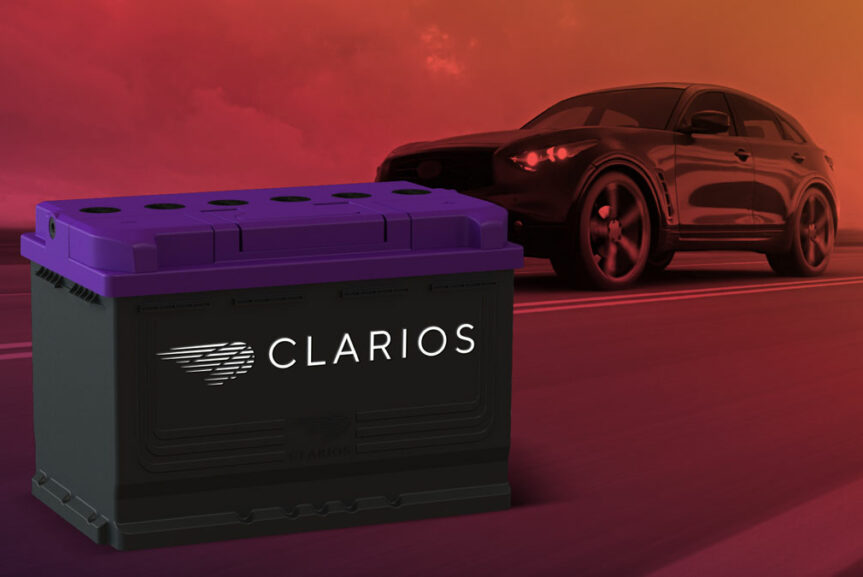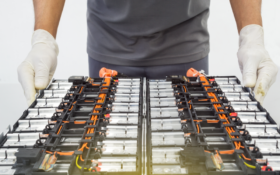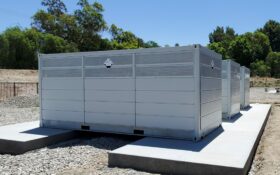John Miller sorts the wheat from the chaff in this quarter's capacitor tech talk.
A surprising number of papers on ruthenium oxide are given at international scientific meetings and published with great frequency in the various electrochemical journals. Why such interest in a material that is so extremely expensive, and in such short supply?
Ruthenium oxide is a highly reversible, pseudocapacitive charge-storage material that, operating with a sulphuric acid electrolyte, does in fact provide very spectacular performance.
It works by the so-called 'double-injection' process whereby an electron from the solid, in combination . . .
to continue reading this article...
Sign up to any Premium subscription to continue reading
To read this article, and get access to all the Premium content on bestmag.co.uk, sign up for a Premium subscription.
view subscription optionsAlready Subscribed? Log In












